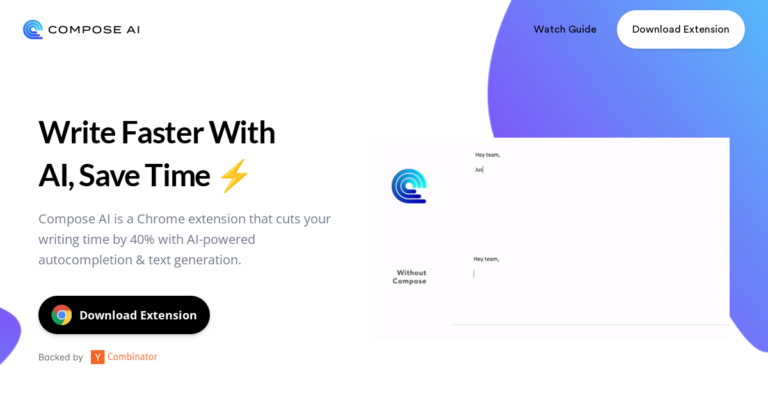Chatbots are becoming increasingly popular in today’s digital world, with businesses and individuals alike using them to automate routine tasks and improve the customer experience. However, creating a chatbot that can hold seamless conversations with users can be a challenging task, especially for beginners. This is where GPT-4 comes in.
GPT-4 (Generative Pre-trained Transformer 4) is an AI language model that can be used to generate human-like text, making it an ideal tool for creating chatbots. In this beginner’s guide, we will explore how to use GPT-4 to create chatbots that can hold seamless conversations.
1. Define the Purpose of Your Chatbot
The first step in creating a chatbot is to define its purpose. What tasks will your chatbot be performing? Will it be used for customer support, lead generation, or something else entirely? Defining the purpose of your chatbot will help you determine the best use cases for it and the type of conversations it should be able to hold.
2. Choose a Platform
Once you have defined the purpose of your chatbot, the next step is to choose a platform to build it on. There are many chatbot platforms available, such as Dialogflow, Microsoft Bot Framework, and IBM Watson. These platforms provide a user-friendly interface for building chatbots and offer pre-built templates and integrations.
3. Train Your Chatbot
After choosing a platform, it’s time to train your chatbot. This involves feeding it with data to enable it to understand the language and context of the conversations it will be having. GPT-4 can be used to train chatbots by generating human-like responses to different inputs, allowing the chatbot to learn and improve over time.
4. Test Your Chatbot
Once you have trained your chatbot, it’s time to test it. Start by testing it with a small group of users to see how it performs. Collect feedback from users and make any necessary adjustments to improve the chatbot’s performance.
5. Continuously Improve Your Chatbot
Building a chatbot is not a one-time task. You need to continuously improve your chatbot by analyzing its performance and making necessary changes. Monitor the conversations your chatbot is having and make adjustments to its responses to improve its accuracy and effectiveness.
In conclusion, GPT-4 is an excellent tool for creating chatbots that can hold seamless conversations. By defining the purpose of your chatbot, choosing a platform, training it, testing it, and continuously improving it, you can create a chatbot that provides a great user experience. With the right approach, chatbots can be an effective way to improve customer engagement and automate routine tasks.
Resources:
1. Dialogflow: https://cloud.google.com/dialogflow
2. Microsoft Bot Framework: https://dev.botframework.com/
3. IBM Watson: https://www.ibm.com/watson
4. GPT-4: https://openai.com/blog/gpt-4/
#Mastering #Chatbots #Beginners #Guide #GPT4 #Seamless #Conversations


